Construction Loans: How They Differ from Traditional Mortgages
If you’re planning to build a home, one of the first questions you’ll face is how to pay for it. Most people are familiar with mortgages—long-term loans used to buy an existing home. But building a new house from the ground up usually requires a different kind of financing. That’s where a construction loan comes in. Understanding the basics of how these loans work, and how they differ from traditional mortgages, is essential for homeowners who want to turn a floor plan into a finished residence.
What Is a Construction Loan?
A construction loan is a short-term, high-interest loan that provides financing to build a house or major renovation. Unlike a mortgage, which covers the cost of a home that’s already standing, construction loans cover the costs as the home is being built. Lenders release funds in installments—called draws—to pay builders and suppliers at different stages of construction. Once the home is finished, many borrowers refinance into a permanent mortgage.
Construction Loan vs. Mortgage: Key Differences
The biggest distinction between a construction loan and a mortgage lies in timing and risk. With a mortgage, the lender has a physical property to hold as collateral. With a construction loan, the lender is financing something that doesn’t yet exist. This makes the loan riskier, which is why interest rates are often higher and approval is more detailed.
Another difference is in how you make payments. With a traditional mortgage, you start repaying principal and interest immediately. With a construction loan, most lenders require only interest-only payments during the build. This keeps monthly costs lower while construction is ongoing. Once the home is complete, the loan is either paid off with a new mortgage or automatically converted into what’s known as a construction-to-permanent loan.
Why Lenders Treat Construction Loans Differently
Lenders need reassurance that the home will be completed and that it will be worth at least as much as the loan amount. To minimize risk, they require detailed building plans, contractor agreements, and a full cost breakdown before approving financing. They also inspect the project at each stage before releasing funds. For borrowers, this means more paperwork and planning up front, but it ensures that the build stays on track financially.
Types of Construction Loans
Not all construction loans are the same. Homeowners should understand the major categories:
- Construction-to-Permanent Loan: Combines short-term financing for building with a long-term mortgage. Once the house is complete, the loan automatically converts, avoiding the need for a second closing.
- Stand-Alone Construction Loan: Provides short-term financing only. After construction, the borrower must refinance into a mortgage. This option can carry more risk if interest rates rise before you lock in permanent financing.
- Renovation Construction Loan: Ideal for major remodels, these loans provide funds to upgrade or expand an existing property instead of starting from scratch.
Who Qualifies for a Construction Loan?
Because they’re riskier, construction loans usually have stricter qualification requirements than mortgages. Borrowers typically need:
- A strong credit score (often 680+).
- Proof of stable income and low debt-to-income ratio.
- A down payment of 20% or more.
- Detailed house plans, cost estimates, and a contract with a licensed builder.
For first-time builders, this can feel overwhelming, but being prepared with organized paperwork will improve your chances of approval.
Advantages of Construction Loans
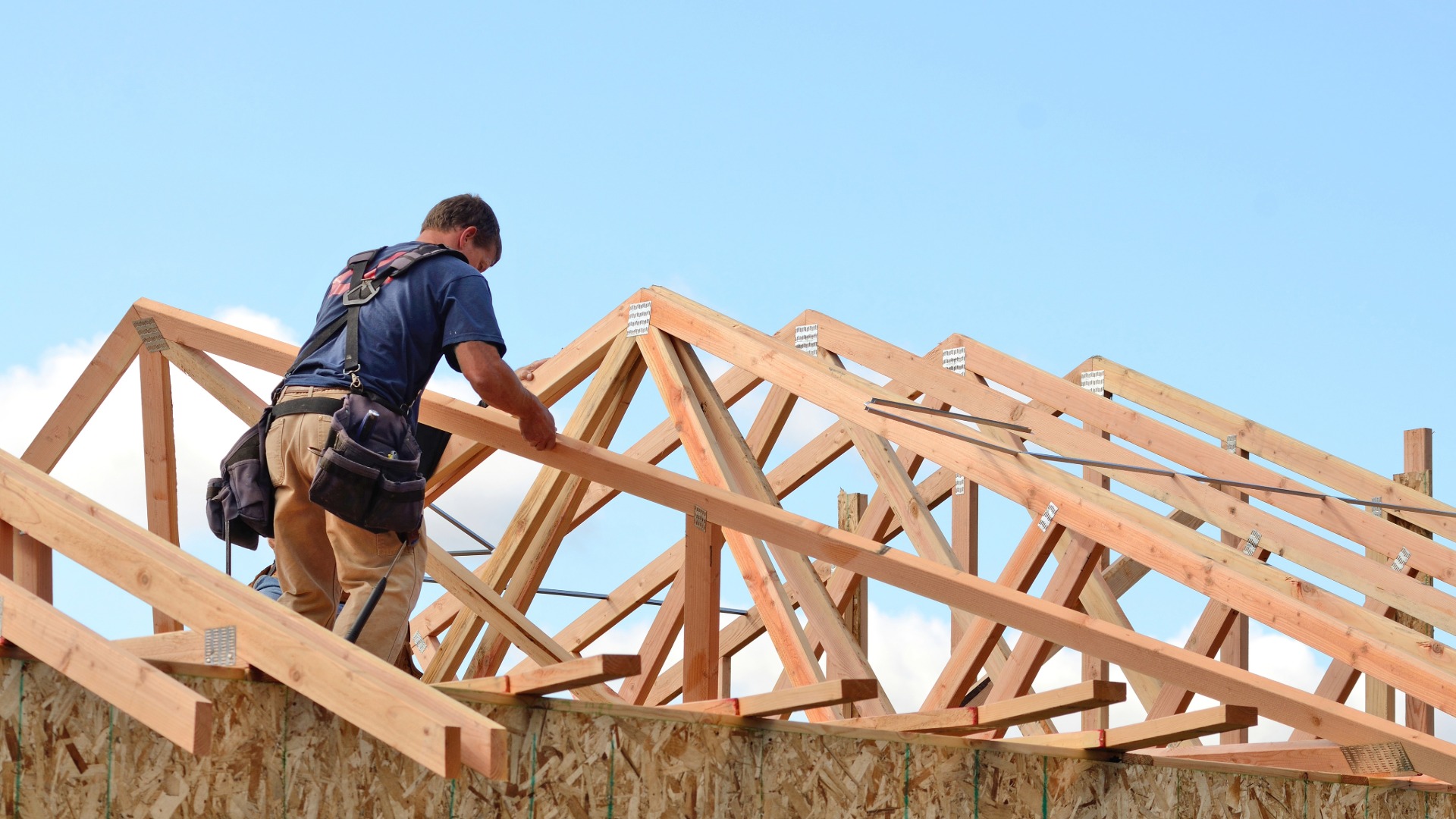
Despite the complexity, construction loans offer benefits that mortgages can’t provide. They allow you to design a home that fits your family’s needs and lifestyle, rather than adapting to an existing property. The interest-only payment structure during construction also makes it easier to manage monthly costs while you’re paying rent or covering another mortgage.
Challenges to Consider
On the other hand, construction loans come with challenges. Interest rates are higher, and you’ll need to prepare more documentation. Building delays can extend the life of the loan and increase costs. And because the lender inspects the project before releasing each draw, you must stay in close communication with both your builder and your bank.
Why Understanding the Difference Matters
For many homeowners, the biggest financial commitment they’ll make is building or buying a house. Knowing the difference between a construction loan and a mortgage helps you plan effectively. If you assume the process is the same as buying an existing home, you may face surprises that could delay your project or increase expenses. By understanding the rules early, you can set realistic expectations, secure financing faster, and avoid costly missteps.
Final Thoughts
Building a new home is an exciting journey, but it starts with securing the right financing. A construction loan bridges the gap between blueprints and move-in day. By understanding how it differs from a mortgage, you can approach lenders with confidence and prepare for the extra steps involved. In the next part of our series, we’ll break down the step-by-step process of applying for a construction loan so you know exactly what to expect.
👉 Explore thousands of house plans and start designing the home that’s right for you—then learn how to finance it with confidence.



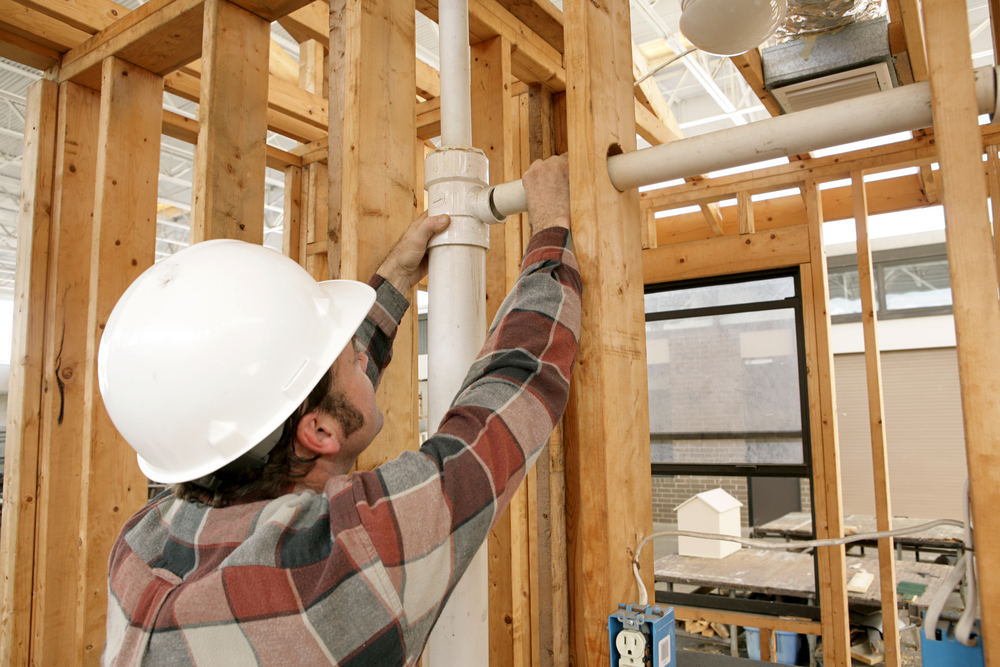
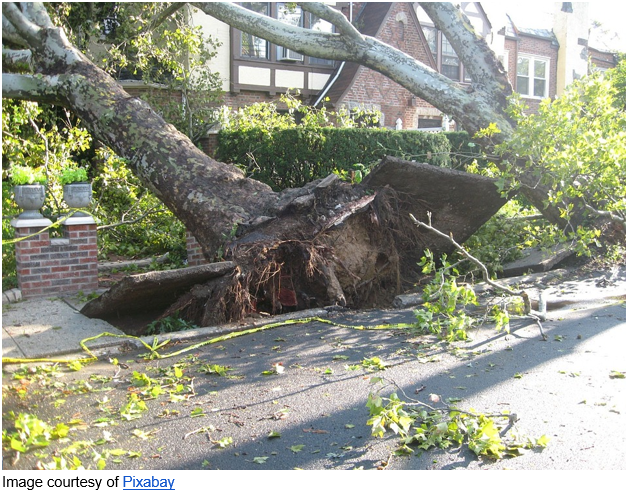
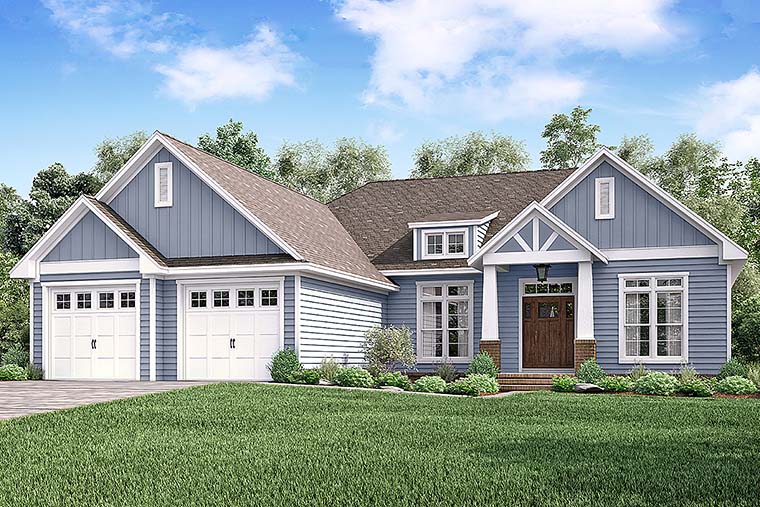

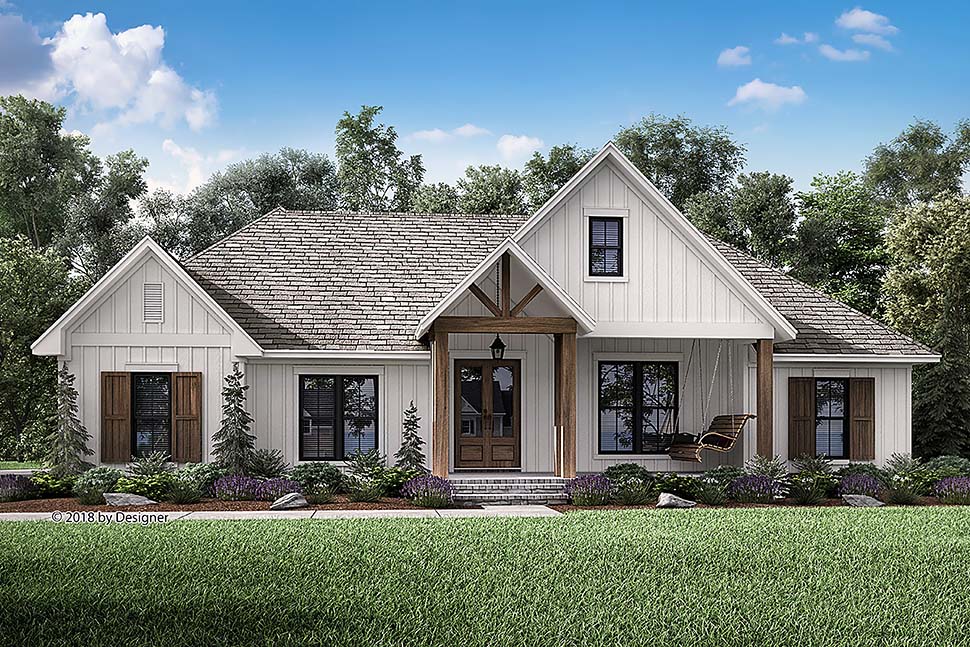


Leave a Reply